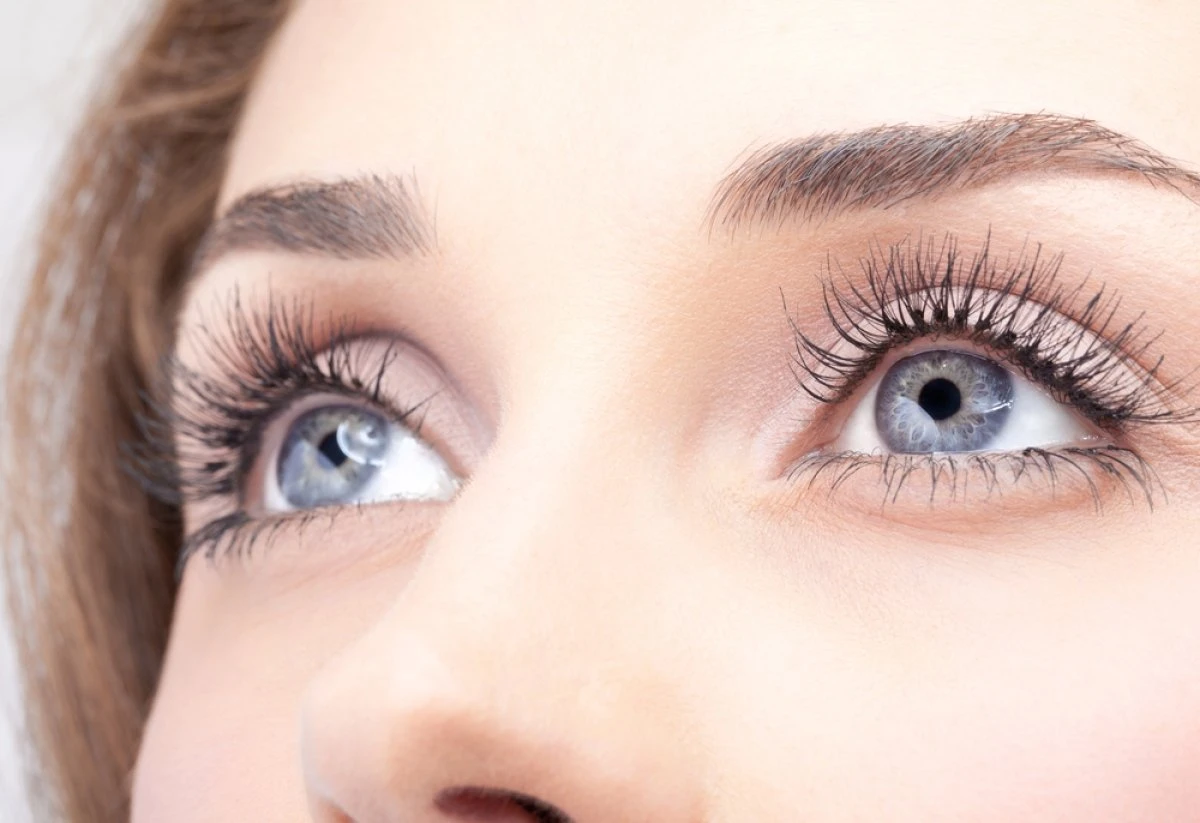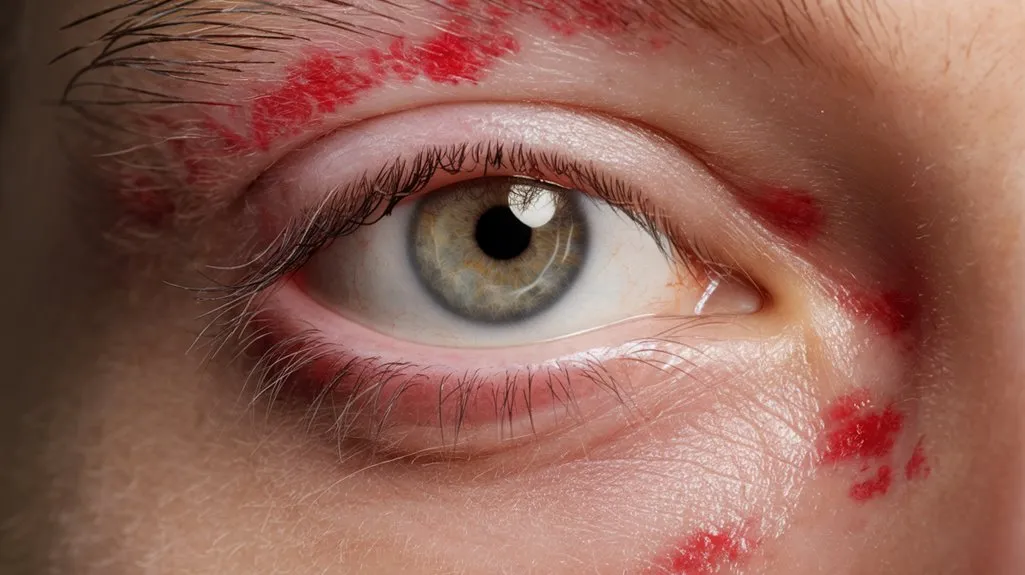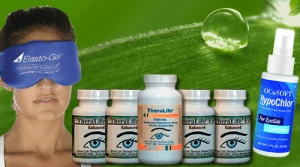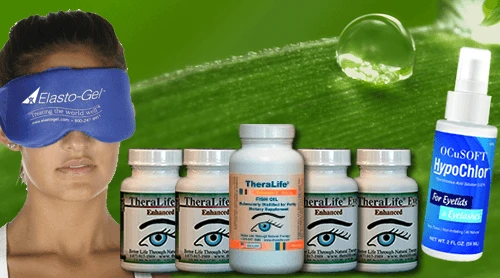When you start experiencing persistent eyelid redness, itching or burning sensations around your eyes, crusty or flaking skin at the base of your eyelashes, watery or dry eyes, and increased sensitivity to light, you might be seeing early warning signs of blepharitis. These symptoms often indicate underlying eyelid margin inflammation and tear film instability, commonly associated with meibomian gland dysfunction or bacterial colonization. Addressing these symptoms early is crucial, and understanding their clinical significance will help you know when to seek specialized care.
Theralife.com offers a range of natural treatment options that focus on alleviating symptoms and addressing the root causes of blepharitis, dry eyes, and other related conditions. Their products are designed to restore the natural balance of tear production and provide relief from inflammation without relying on harsh chemicals or invasive procedures. By using Theralife’s solutions, customers can experience improved eye comfort, reduced irritation, and a more stable tear film, enhancing their overall eye health and quality of life.
Best Blepharitis/MGD Treatment From TheraLife- When Drops Don’t Work.
Key Takeaways
- Persistent redness along the eyelid margins is often an early indication of blepharitis.
- Itchy or burning sensations around the eyes commonly signal the onset of eyelid inflammation.
- Crusty or flaking skin at the base of the eyelashes is a classic early warning sign.
- Watery or dry eyes can occur due to unstable tear film associated with early blepharitis.
- Sensitivity to light may develop after other hallmark signs of blepharitis appear.
Persistent Redness of the Eyelids
Persistent redness of the eyelids doesn’t always indicate blepharitis, as it can result from multiple etiologies such as allergic reactions, dermatologic conditions, or ocular surface disorders. When evaluating eyelid inflammation, assess for chronic erythema localized along the lid margins. You should distinguish blepharitis from other differential diagnoses like contact dermatitis, atopic eczema, or conjunctivitis by examining additional clinical signs. Diagnostic focus includes slit-lamp biomicroscopy to evaluate lid structure, meibomian gland status, and associated telangiectasia. If eyelid inflammation persists, consider laboratory tests for Demodex mites or bacterial cultures in refractory cases. Treatment options depend on the underlying pathology and might include topical antibiotics, corticosteroids, or ocular lubricants for symptomatic relief. Accurate diagnosis guarantees appropriate intervention and prevents chronic sequelae. Always reassess response to initial treatment. Blepharitis is an inflammation of the eyelid margins, often linked to dry eyes and characterized as a chronic form of eyelid inflammation.
Itchy or Burning Sensation Around the Eyes
Pruritus or burning sensations concentrated around the eyelid margins often raise suspicion for blepharitis, yet these symptoms are nonspecific and can occur in conditions such as allergic conjunctivitis or dry eye disease. When you notice persistent itching or burning around the eyes, it’s imperative to reflect on your history of eye hygiene and eyelid care practices. These sensations often result from inflammatory processes affecting the meibomian glands or superficial skin of the eyelid, leading to discomfort. Diagnostic workup should involve a thorough slit-lamp examination and patient history review. Inflammatory cytokines such as IL-1beta and TNF-alpha are induced by hyperosmolar stress and can exacerbate symptoms of dry eye and blepharitis. Consistent eyelid care and good eye hygiene can help reduce these symptoms and support accurate diagnosis.
| Symptom | Differential Diagnoses |
|---|---|
| Itching | Blepharitis, allergic conjunctivitis |
| Burning | Dry eye, meibomian gland dysfunction |
| Discomfort with touch | Contact dermatitis |
| Episodic irritation | Environmental irritants |
Crusty or Flaking Skin at the Base of Eyelashes
Alongside discomfort and itching, you may notice crusty or flaking skin accumulating at the base of your eyelashes—a finding frequently observed in early blepharitis. Clinically, this peri-lash debris often results from abnormal skin exfoliation combined with sebaceous gland dysfunction. You’re likely to observe whitish or yellowish scales closely adherent to the lashes, which can be mistaken for dandruff. This sign signals impaired eyelash hygiene and a localized inflammatory response along the lid margin. Careful slit-lamp examination readily identifies these accumulations and substantiates the diagnosis of anterior blepharitis. Persistent crusting may foster secondary bacterial colonization, escalating inflammation. Recognizing and documenting peri-lash scaling is essential for initiating targeted interventions, such as improved eyelash hygiene and regulated skin exfoliation, to prevent complications and improve symptomatic relief. Good hygiene practices can significantly reduce the occurrence of it, making it crucial for those affected to maintain regular eyelid washing and avoid eye makeup during flare-ups.
Watery or Dry Eyes
Although tear film instability characterizes it, patients often report either excessive tearing or ocular dryness in the early stages.
You might experience symptoms resembling dry eye syndrome, such as gritty sensation, burning, or ocular discomfort. These symptoms arise due to meibomian gland dysfunction, which disrupts the lipid layer and accelerates tear evaporation.
Paradoxically, excessive tearing can also occur when the ocular surface becomes irritated and reflex lacrimation is triggered.
It’s important to differentiate whether the principal complaint is ocular dryness or excessive tearing, as both point towards early blepharitis but may guide your management approach.
Clinical evaluation should include a detailed symptom history and slit-lamp examination to assess for lid margin abnormalities, debris, and tear film quality, supporting a prompt diagnosis and intervention.
A significant portion of individuals with dry eye syndrome exhibit signs of meibomian gland dysfunction, highlighting the importance of addressing underlying gland issues in its management.
Sensitivity to Light
While photophobia is a common feature in many ocular surface diseases, sensitivity to light isn’t typically an early indicator of blepharitis. If you experience this symptom, it’s important to evaluate for other light sensitivity causes such as corneal involvement, uveitis, or conjunctival irritation rather than attributing it primarily to early blepharitis. Evidence suggests that it’s hallmark signs—eyelid margin erythema, debris, and meibomian gland dysfunction—generally precede photophobic symptoms. Contaminated eye makeup can lead to blepharitis and conjunctivitis, with symptoms worsening with continued use. When sensitivity to light does occur in the context of blepharitis, it often stems from prolonged disease leading to tear film instability and secondary corneal epithelial compromise. Managing light sensitivity in these cases requires addressing underlying eyelid inflammation, enhancing eyelid hygiene, and controlling associated ocular surface disease, rather than viewing it as an isolated or primary early warning sign.
Best Blepharitis/MGD Treatment From TheraLife- When Drops Don’t Work.
Frequently Asked Questions
Can Blepharitis Be Contagious to Others?
You might wonder if blepharitis transmission can occur or if contagious symptoms make it risky for others.
Evidence-based research shows that blepharitis itself isn’t typically contagious, as it’s most often linked to chronic inflammation or bacterial overgrowth.
However, if bacterial or parasitic infection is present, you could potentially transmit pathogenic organisms through shared towels or cosmetics.
Diagnostic evaluation by an ophthalmologist will clarify your specific etiology and recommend appropriate precautions and treatments.
What Causes Blepharitis in the First Place?
Bothersome blepharitis begins when bacteria build up along your eyelids, leading to chronic inflammatory conditions.
The main causes of it include staphylococcal infection, seborrheic dermatitis, and malfunction of the meibomian glands.
You might also experience it due to Demodex mite infestation or allergic reactions.
Diagnosis relies on identifying characteristic eyelid margin inflammation and associated debris, so seeing a specialist lets you pinpoint precise triggers and plan targeted treatments.
Are There Any Long-Term Complications ?
If you leave it untreated, you risk developing chronic inflammation that can damage eyelid margins and disrupt the tear film.
This chronic condition increases your likelihood of recurrent styes, chalazia, and even scarring of the eyelids. You may also experience long-term complications like keratitis or dry eye syndrome.
Maintaining proper eyelid hygiene is essential because it helps reduce bacterial load and mitigates the risk of progression to more severe ocular surface disease.
What Are the Best Treatment Options ?
Did you know that up to 47% of patients with chronic blepharitis experience recurrent symptoms despite conventional therapy?
To optimize treatment, you should combine lid hygiene, warm compresses, and artificial tears with targeted antibiotics or topical corticosteroids as indicated.
Embracing natural remedies and lifestyle changes—like omega-3 supplementation and minimizing eye irritants—also helps mitigate inflammation.
Rigorous, evidence-based diagnostics guarantee the best approach tailored to your specific blepharitis subtype.
Is It Safe to Wear Contact Lenses With Blepharitis?
If you’ve been diagnosed with blepharitis, wearing contact lenses isn’t recommended until your condition is well-managed.
Blepharitis discomfort often increases with contact lens use due to inflammation and debris disrupting the ocular surface.
Prioritize ideal contact lens hygiene and consult an eye care professional for specific recommendations.
Ongoing assessment can help determine when it’s safe to resume lens wear, as poorly controlled blepharitis may elevate the risk of infection and further complications.
Best Blepharitis/MGD Treatment From TheraLife- When Drops Don’t Work.
Conclusion
If you notice redness, itchiness, crusting, or changes in tear production occurring together, these may be early warning signs of it. Recognizing these symptoms is essential for timely intervention. Theralife.com offers a range of products designed to address these underlying issues and promote eye health. By consulting Theralife’s resources, customers can explore targeted treatments that aim to alleviate symptoms and prevent further progression. Don’t ignore these patterns—seeking support from Theralife can provide effective solutions for managing it and enhancing overall eye wellness.





